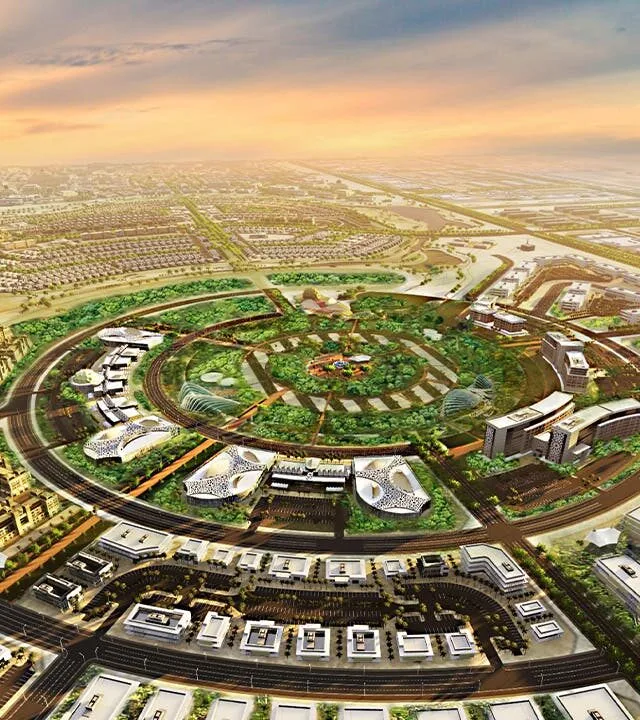Saudi Arabia’s ambitious Vision 2030 plan is a blueprint for economic diversification and development, with a strong emphasis on transforming the country’s logistics infrastructure. This strategic initiative aims to reduce Saudi Arabia’s dependence on oil, diversify its economy, and develop public service sectors. Central to this vision is the development of a world-class logistics infrastructure that can support and drive economic growth. This article explores how Vision 2030 is reshaping the logistics landscape in Saudi Arabia, focusing on the development of new ports, logistics hubs, and the integration of advanced digital technologies in supply chain management.
New Ports and Logistics Hubs: Gateways to Global Trade
One of the key components of Vision 2030 is the development of new ports and logistics hubs. These projects are designed to enhance Saudi Arabia’s connectivity with global trade routes, thereby boosting its import-export capacity. The expansion of existing ports and the construction of new ones are underway, which are expected to significantly increase the handling capacity and efficiency of sea freight operations. Moreover, the establishment of logistics hubs, equipped with state-of-the-art facilities, aims to streamline cargo movement and provide seamless multimodal transportation solutions.
Digital Transformation in Supply Chain Management
Vision 2030 also prioritizes the digital transformation of the logistics sector. The integration of technologies like the Internet of Things (IoT), blockchain, and AI in supply chain operations is set to revolutionize logistics management in the country. These technologies offer enhanced visibility, improved efficiency, and better control of logistics operations. The adoption of digital platforms for customs clearance and freight booking further aims to reduce paperwork, cut delays, and minimize costs, making the logistics processes more efficient and transparent.
Enhancing Connectivity and Reducing Logistics Costs
Another significant aspect of Vision 2030 is improving domestic connectivity and reducing logistics costs, making Saudi Arabia an attractive destination for international investors and businesses. The plan includes upgrading road, rail, and air transport networks to facilitate the smooth movement of goods within the country. These improvements are expected to reduce logistics costs, enhance operational efficiency, and support the growth of various economic sectors, including retail, manufacturing, and e-commerce.
Conclusion
Vision 2030 is set to be a game-changer for the logistics industry in Saudi Arabia. By enhancing the country’s logistics infrastructure and embracing digital transformation, Saudi Arabia is well on its way to becoming a global logistics hub. The successful implementation of these initiatives under Vision 2030 is not only crucial for the diversification of Saudi Arabia’s economy but also positions the nation as a key player in the international logistics and trade landscape.




